Contents
CONTENTS
ABOUT THIS GUIDE
Inside Portland shows you the city like youve never seen it. Written entirely by locals, it includes features on the citys street art and galleries and plenty of insider tips. The result is a curated compilation infused with authentic Portland flavor, accompanied by easy-to-use maps and transit information.
Whether youre visiting Portland for the first time or a seasoned traveler looking to explore a new neighborhood, this is the guide for you. Weve handpicked the top things to do and rated the sights, shopping, dining, and nightlife in the citys most dynamic neighborhoods. Truly exceptional experiences in all categories are marked with a 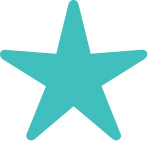 .
.
Restaurants, bars, and coffee shops are a huge part of Portlands appeal, of course, and youll find plenty to savor in its diverse neighborhoods. We cover cuisines at all price points, with everything from enduring institutions and groundbreaking chefs to the perfect late-night street snack; use the $ to $$$$ price charts below to estimate meal costs. We cover hotels in the Experience section at the front of this guide. We list adult prices for sights; ask about discounts when purchasing tickets.
#FODORSONTHEGO
Weve highlighted fun neighborhood facts throughout this guide. As you explore Portland, we invite you to use #FodorsOnTheGo to share your favorite discoveries with us.
Portland is constantly changing. All prices, opening times, and other details in this guide were accurate at press time. Always confirm information when it matters, especially when making a detour to a specific place. Visit Fodors.com for expanded restaurant and hotel reviews, additional recommendations, news, and features.
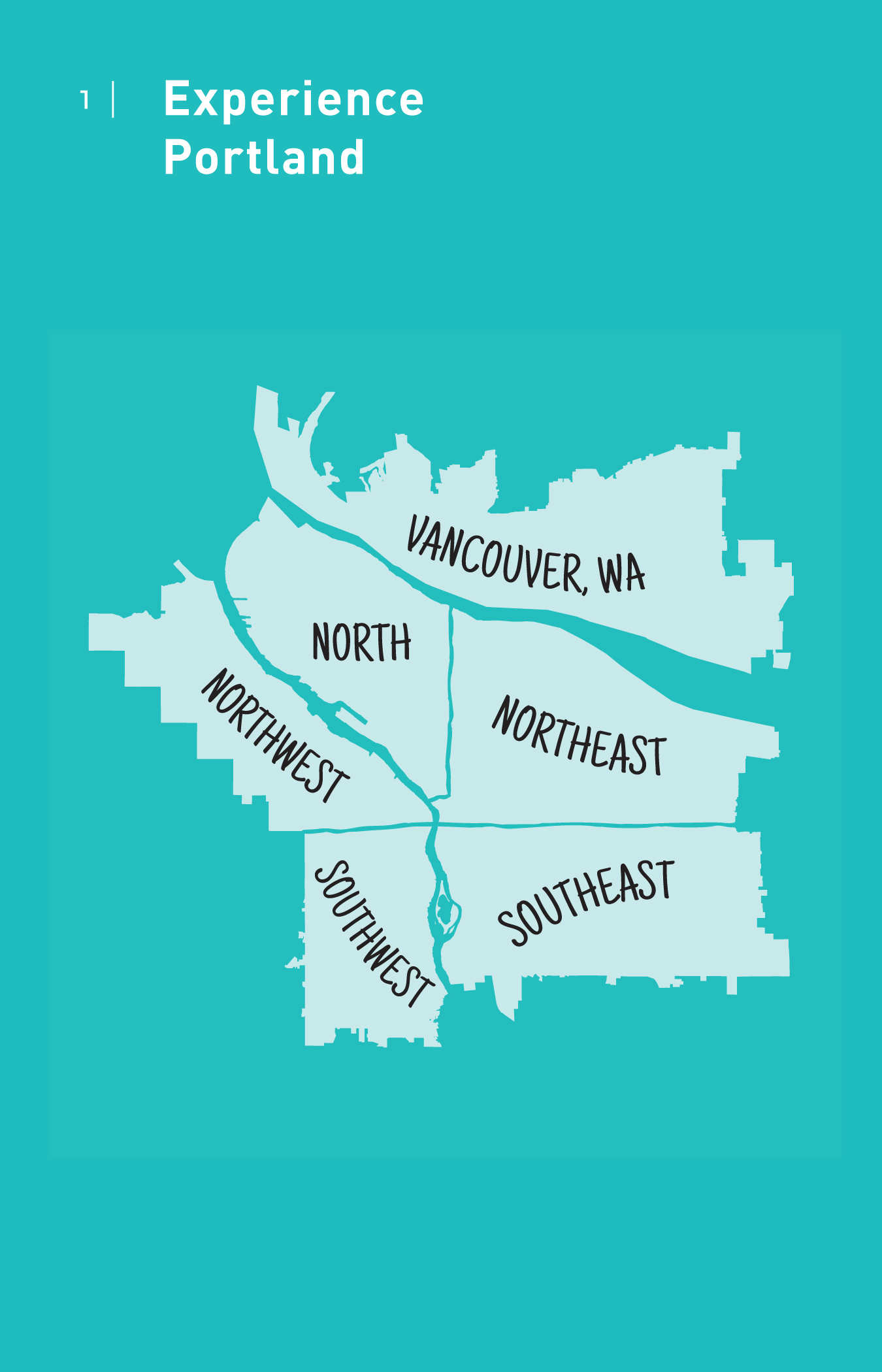
WELCOME TO PORTLAND
What distinguishes Portland, Oregon, from the rest of Americas cityscapes? For some, its the wealth of cultural offerings and never-ending culinary choices; for others, its the citys proximity to the ocean and mountains, or simply the beauty of having all these attributes in one place. Strolling through Downtown or one of Portlands many diverse and dynamic outlying neighborhoods, theres an unmistakable vibrancy to this cityone thats encouraged by clean air, infinite trees, and an appealing blend of historic and modern architecture. Portlands various nicknamesRose City, Bridgetown, Beervanatell its story.
PORTLAND TODAY
Rich cultural offerings, endless recreational activities, and a friendly vibe make Portland universally alluring, but the white-hot food scene is arguably its top visitor attraction, especially its fervent embrace of the locavore movement. The city maintains a strong appreciation for artisan craftsmanship, which encompasses everything from coffee, beer, chocolate, and other edibles (recreational marijuana was legalized in Oregon in 2015) to furniture, jewelry, apparel, and household goods. These touchstones of modern urbanism have made Portland the kind of place that younger creative spirits, tech workers, and artists want to visit and live in.
Indeed, the citys population has risen sharply since 2000, from 529,000 to about 655,000, and so too has the cost of living. Its still cheaper to live here than in other big West Coast cities, but traffic congestion has become a serious menace and higher rents and home prices have altered, for better or for worse, Portlands former reputation as a laid-back, hippie-prevalent place whereaccording to a famous line in the snarky TV satire Portlandia, young people go to retire.
The city feels increasingly more upscale and its citizens more professionally ambitious. Glassy modern condo and apartment buildings are popping up seemingly everywhere, but with the injection of people and money, there are also more design-driven boutiques, hotels, and restaurants opening. Above all else, Portland is constantly evolving, and mostly in exciting ways.
1840S1880S
Although the legendary Lewis and Clark Voyage of Discovery navigated past the Columbia Rivers confluence with the Willamette in 1805, no permanent settlement was attempted here until 1843, when a couple of enterprising pioneersAsa Lovejoy and William Overtonfiled a claim to establish what would become, within 15 years, the largest city in the new Oregon Territory. Overton soon sold his half to Francis Pettygrove, a native of Portland, Maine. The name of this new settlement was determined by a coin toss between Pettygrove and Lovejoy, a Bostonian. Had fate played out differently, youd be reading a book about Boston, Oregon.
After Oregon was admitted as a U.S. state in 1859, it began to prosper thanks to its strategic position as a deepwater port. In 1888, its population now at around 45,000, the city built the first steel bridge on the West Coast across the Willamette River, connecting Downtown with the East Side, which over the next half century would fill in with mostly residential but also a number of smaller commercial neighborhoods.
1890WORLD WAR II
With the citys rise as a port city, it also developed an unfortunate reputation as a lawless den of iniquity, especially in what is now the Old Town/Chinatown neighborhood, which from the late 1880s through the first couple of decades of the 20th century teemed with bordellos, gambling halls, and saloons. Although more legitimate businesses began to take foot during the period between the two world wars, Portland started to lose national prominence as Seattle, San Francisco, and Los Angeles grew far more rapidly.
THE POSTWAR ERA
After playing a vital role in the U.S. militarys shipbuilding efforts during World War II, the city once again began to earn an infamous reputation throughout the 1950s, this time as a hotbed of organized crime and government corruption. In the 1960s, the countercultural spirit of San Francisco spread north to Portland, which became a hub of social protest.
In 1979, the city implemented an ambitious Urban Growth Boundary to help contain suburban sprawl and maintain urban vitality. This move, along with the implementation of a number of smart design measuressuch as building a light-rail transit system, zoning for growth along transportation corridors, and encouraging environmentally sustainable developmenthelped to launch Portlands reputation as an exemplar of urban planning. By the late 1990s, metro Portland had undergone a tech and population boom, which coincided with its steady ascentthanks to Nike, Columbia Sportswear, and Under Armourinto a center of sports apparel manufacture. Rapid growth, in part thanks to the citys increasing reputation as a hub of creativity, progressive politics, and entrepreneurism, has continued right through the first two decades of the 21st century.
WHATS WHERE IN PORTLAND
Portland is organized into five key sections with directional names: Southwest, Northwest, North, Northeast, and Southeast. Each of these larger districts contains at least a dozen or more smaller neighborhoods, such as Downtown in Southwest, Hawthorne in Southeast, the Pearl District in Northwest, and so on. To help you organize your visit, heres a rundown of the areas we cover in this book. The numbers refer to chapter numbers.



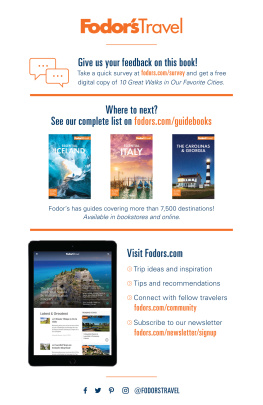

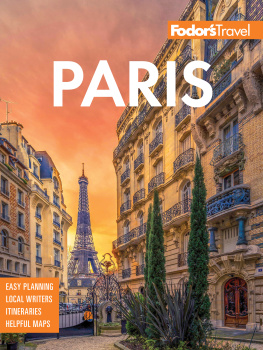
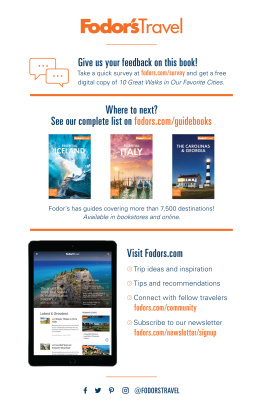
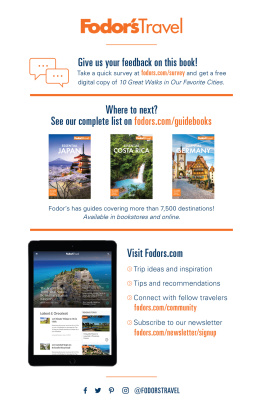


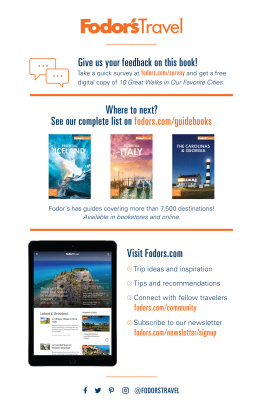
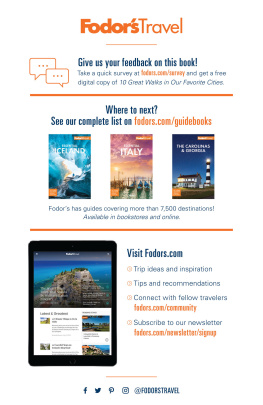

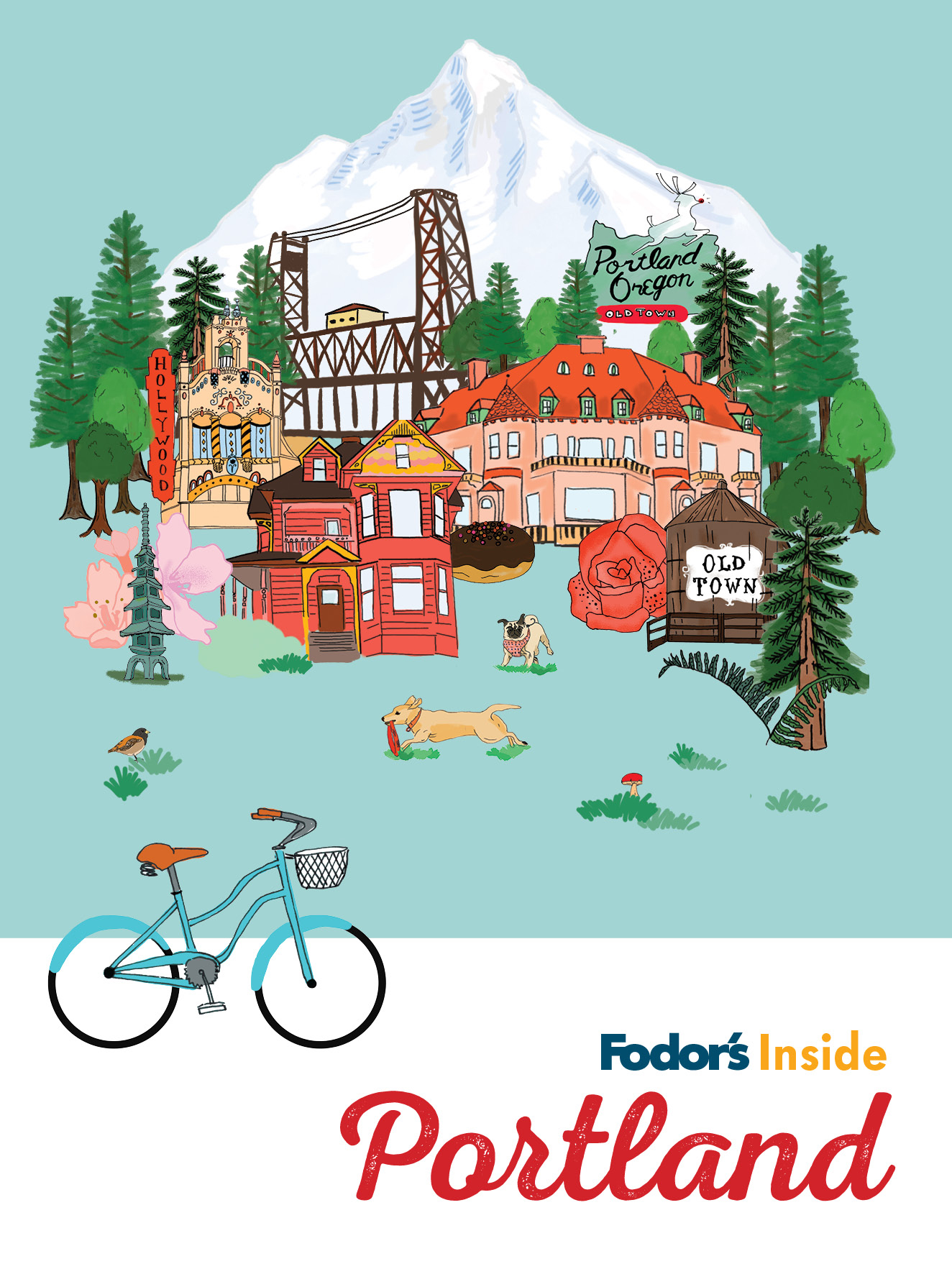
 .
.
